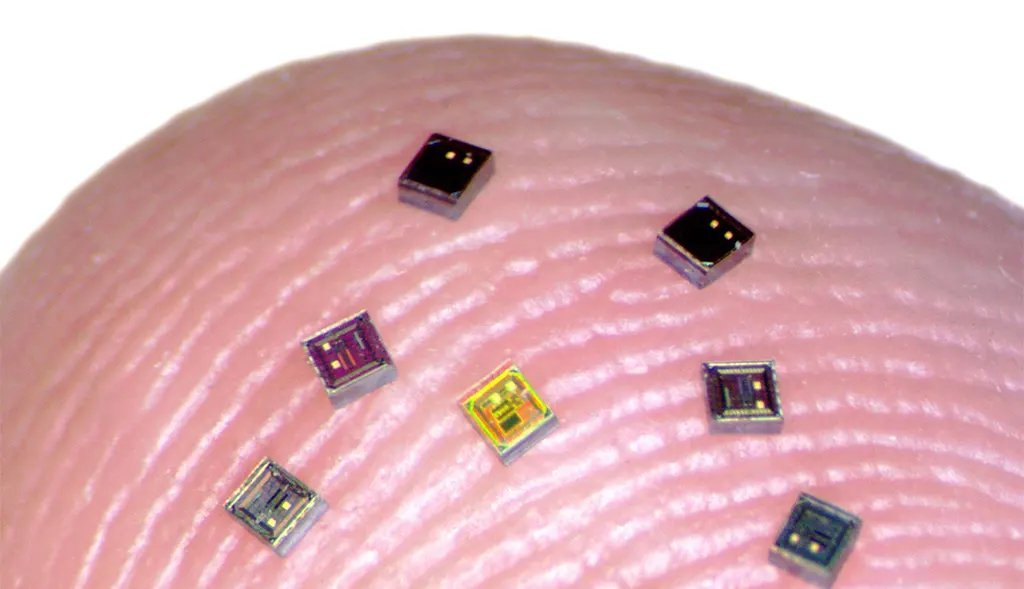
By Brown University
Brain-computer (BCIs) interfaces are evolving support devices that one day can enable moving or communicating persons with brain or spinal injuries. BCI systems rely on implantable sensors that record electrical signals in the brain to drive external devices like computers or robotic prostheses using these signals. In most existing BCI systems, up to a few hundred neurons can be sampled by one or two sensors. However, neuroscientists are interested in systems that can collect data from bigger groups of brain cells.
Now, a group of researchers has taken a significant step toward a novel notion for a future BCI system: one that records and stimulates brain activity using a coordinated network of independent, wireless microscale neural sensors, each approximately the size of a grain of salt. The sensors, known as “neurograins,” record the electrical pulses produced by firing neurons on their own and send the signals wirelessly to a central hub, which organizes and interprets the signals.
According to the researchers, the findings represent a step toward a technology that could one day allow for recording brain impulses in unprecedented detail, leading to new insights into how the brain operates and new therapies for those suffering from brain or spinal injuries.
“One of the big challenges in the field of brain-computer interfaces is engineering ways of probing as many points in the brain as possible, Up to now, most BCIs have been monolithic devices — a bit like little beds of needles. Our team’s idea was to break up that monolith into tiny sensors that could be distributed across the cerebral cortex. That’s what we’ve been able to demonstrate here.”
Arto Nurmikko, professor in Brown’s School of Engineering and the study’s senior author.
Approximately four years ago, the team, comprising experts from Brown, Baylor University, the University of San Diego, and Qualcomm, began designing the system. Nurmikko, a member of the Brown Carney Institute of Brain Science, said the task was double. First, the team built and simulated circuits on a computer and conducted several manufacturing processes to build operating chips. The first portion required detecting, amplifying, and transmitting neural signals in small, silicone neurograin chips to reduce the sophisticated circuitry.
The second issue was the development of the external body communication hub with small chips. The gadget is a thin patch that sticks with the skull outside the skull is about the size of a thumbprint. It functions as a small mobile tower, using a network protocol to coordinate the neurograins’s signals, each with its own address for the network. The Patch also provides power to neurograins, which have a minimum level of power to operate wirelessly.
Jihun Lee, a postdoctoral researcher in Brown and a main author of the paper, said: “This work was a really multidisciplinary task. “Electromechanics, radio frequency communication, circuit design, manufacturing and neurology skills were needed to combine to create and run the neurograin system.”
































